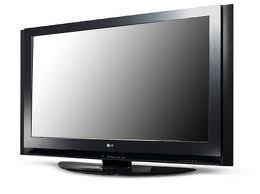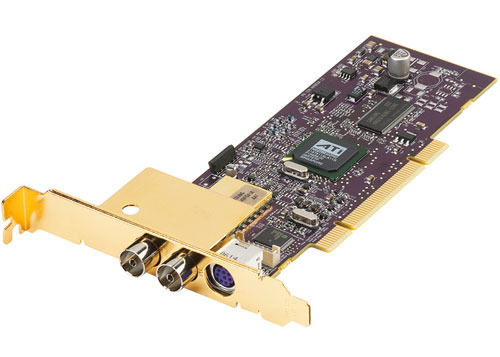The Refresh rate is the number of times a display's image is repainted or refreshed per second. As it denotes a frequency of a process, the refresh rate is expressed in hertz. That is, a refresh rate of 75 Hz means the image is refreshed 75 times in one second. For academic interest, it should be kept in mind that refresh rate is different from frame rate in that refresh rate means the repeated illumination of identical frames, while frame rate measures how often a display image can change into another.
The refresh rate is also referred to as the scan rate, vertical scan rate or the vertical refresh rate.
Applications of the Refresh Rate
In Cathode Ray Tubes (CRTs), the refresh rate is regulated by the vertical synchronous signal produced by the video controller, which directs the monitor to focus the electron gun on the leftmost top edge of the raster, ready to paint the image. The refresh rate depends upon the monitor's resolution and its maximum horizontal scan rate, as higher resolution necessitates more scan lines per second. Increased refresh rates reduce flickering and thereby reduce eye strain for a viewer. Because of this, it is advisable to purchase monitors that have a flicker rate between 75 and 85 Hz.
Mathematically, the refresh rate can be obtained by dividing the horizontal scan rate by the number of horizontal pixels and muliplying the result by .95. That is, a monitor which has a horizontal scanning rate of 75 kHz and a resolution of 1280 x 1024 will have a scan rate of (75,000/1024 * 0.95), which is equal to 69.5 or 70 Hz.
In case of computer displays, smaller monitors (14") may have a refresh rate of 60-72 Hz, while larger monitors (17" or 19") must ideally have a refresh rate of 85 Hz or higher. With these larger monitors, if the refresh rate is set below 85 Hz, people watching the screen may feel discomfort to their eyes.
Different operating systems set the refresh rate differently. For example, Windows 95 and 98 used to set the highest possible refresh rate. But the operating systems that followed them – such as Windows NT and Windows 2000 – are seen to set the refresh rate to the lowest supported, 60 Hz.
Older monitors could be damaged if the user set the video card to a higher refresh rate than what the monitor supports. But now monitors simply display a message stating that the video signal uses an unsupported refresh rate.
In stereo displays, when LCD shutter glasses are used, the effective refresh rate is halved as each eye requires a separate picture. Because of this, it is recommended to use a display capable of at least a 120 Hz refresh rate, with 170 Hz being the optimal refresh rate.




Follow Us!